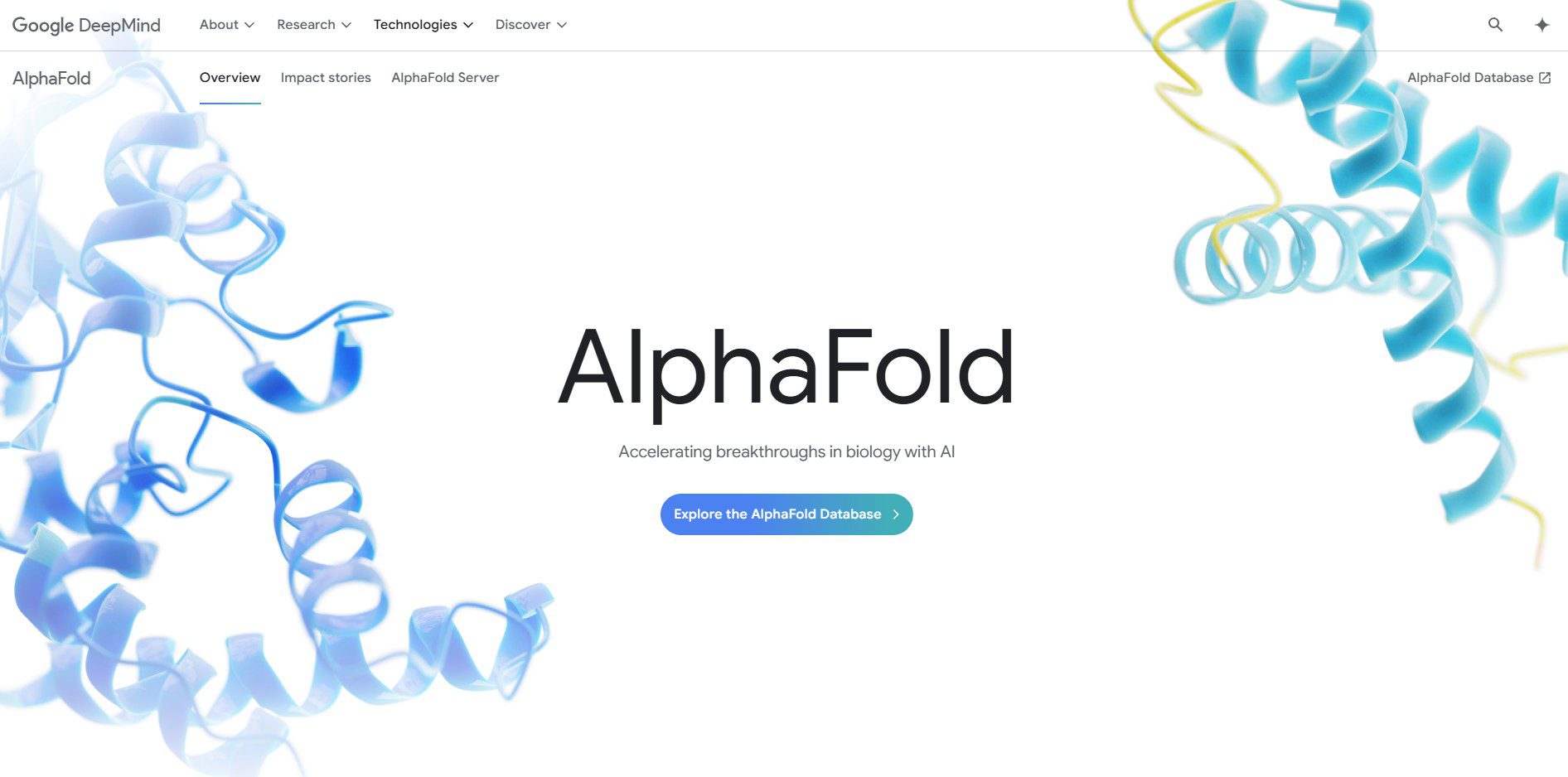
Argil AI vs Hailuo AI Video Generators, Comprehensive Analysis 2025
This detailed comparison between Argil AI and Hailuo AI is a part of our AI Tools Comparison Series, which explores the best tools shaping the AI landscape.
Introduction – Argil AI vs Hailuo AI
The AI video generation industry is rapidly evolving, with platforms like Argil AI and Hailuo AI leading the charge.
These tools provide automated video creation, text-to-video conversion, and AI avatars to simplify content production.
But which one is the best choice for creators, businesses, and educators?
In this comprehensive comparison, we’ll analyze Argil AI vs Hailuo AI, covering their features, pricing, target communities, community engagement, and overall value.
This article will help you decide which platform suits your needs best.
1. Overview of Argil AI and Hailuo AI
Argil AI

It caters primarily to content creators, educators, and businesses looking for a streamlined approach to video production.
This platform allows the creation of hyper-realistic AI clones that faithfully reflect the user’s facial expressions and voice.
It also offers comprehensive editing tools, including automatic subtitles in multiple languages, dynamic B-rolls, and visual transitions.
Argil AI primarily aims at content creators, marketers and businesses looking to produce professional-quality videos quickly.
Hailuo AI
Hailuo AI (also known as MiniMax) offers a text-to-video and image-to-video AI generation model, helping users create high-quality videos from simple prompts.
This platform offers AI-based video creation, allowing users to generate 6-second videos with 720p resolution from simple text instructions.
Hailuo AI can benefit those who want to quickly create short videos for social media platforms like TikTok or Instagram.
It’s ideal for businesses, marketers, and those looking for a quick and cost-effective video production solution.
2. Feature Comparison – Argil AI vs Hailuo AI
| Feature | Argil AI | Hailuo AI |
|---|---|---|
| AI Avatars | ✅ Yes | ❌ No |
| Text-to-Video | ✅ Yes | ✅ Yes |
| Image-to-Video | ❌ No | ✅ Yes |
| Custom Subtitles | ✅ Yes | ❌ No |
| Automated Editing | ✅ Yes | ✅ Yes |
| Lip-Sync Technology | ❌ No | ✅ Yes |
Key Takeaways
- Argil AI is more suitable for personalized content using AI avatars.
- Hailuo AI excels in automated text-to-video and image-to-video generation.
- Argil AI offers more subtitle and editing customization.
- Hailuo AI supports lip-sync features, which are ideal for voice-over videos.
3. Pricing Comparison – Argil AI vs Hailuo AI
Argil AI Pricing
- Free Plan: 2 video minutes/month.
- Classic Plan ($39/month): 25 video minutes, AI avatars.
- Pro Plan ($149/month): 100 video minutes, priority support.
- Enterprise Plan (Custom Pricing): Unlimited features.
Hailuo AI Pricing
- Free Plan: Basic video creation.
- Standard Plan ($9.99/month): More templates and faster processing.
4. Target Community Analysis
Argil AI’s Target Audience:
- Social media content creators
- Businesses focused on branding and marketing
- Educators creating digital courses
Hailuo AI’s Target Audience:
- Small business owners creating promotional content
- Bloggers and social media marketers
- Individuals looking for quick AI-generated videos
5. Community Activity and Engagement
Argil AI Community
- Engaged users through blog content and tutorials.
- Covers AI-generated content strategies and editing techniques.
- Active support and frequent updates.
Hailuo AI Community
- Limited direct engagement.
- Discussions occur on Reddit and AI forums.
6. Pros and Cons – Argil AI vs Hailuo AI
Argil AI Pros & Cons
✅ AI-powered avatars for personalized content.
✅ Advanced subtitle customization.
✅ Suitable for professional creators.
❌ Higher pricing.
❌ No lip-sync technology.
Hailuo AI Pros & Cons
✅ Affordable pricing.
✅ AI-driven text-to-video and image-to-video.
✅ Lip-sync technology for voiceovers.
❌ Lacks AI avatar customization.
❌ Less community engagement.
❓ 7. FAQs – Argil AI vs Hailuo AI
What is Argil AI best for?
A.: It’s best for professional creators who need AI avatars, subtitles, and automation.
Is Hailuo AI free?
A.: Yes, it has a free plan, but premium plans offer better features.
Does Argil AI support text-to-video?
A.: Yes, but with more manual customization.
Can Hailuo AI create AI avatars?
A.: No, it focuses on text-to-video and lip-sync animation.
Which AI is better for YouTube creators?
A.: Argil AI offers more control and branding options.
Can I use both platforms together?
A.: Yes, you can mix their capabilities for more versatile content.
Which tool is better for businesses?
A.: Argil AI is better for branding, while Hailuo AI suits quick promotions.
Is there a money-back guarantee?
A.: Check individual pricing pages for refund policies.
Does Hailuo AI support subtitles?
A.: No, it doesn’t have built-in subtitle customization.
Which tool is better for TikTok?
A.: Argil AI provides more polished and engaging video edits.
8. Conclusion and Summary – Argil AI vs Hailuo AI
Both Argil AI and Hailuo AI provide AI-powered video creation solutions, but they cater to different audiences and use cases.
Argil AI stands out for its advanced AI avatars, customizable subtitles, and extensive editing features.
It is ideal for professional creators, educators, and businesses looking for high-quality video automation. However, its higher pricing may be a barrier for some users.
Hailuo AI, on the other hand, is a budget-friendly alternative that focuses on text-to-video and image-to-video conversion.
It’s best suited for marketers, bloggers, and individuals who need quick AI-generated videos. While it lacks AI avatar customization, its lip-sync technology provides an edge for voiceover videos.
Argil AI is more active in community engagement, offering blogs and tutorials to help users maximize their experience.
Hailuo AI has limited direct engagement but has growing discussions on forums and social media.
Hailuo AI is more affordable for pricing, starting at $9.99/month, while Argil AI’s plans begin at $39/month.
However, Argil AI justifies its cost with advanced features and better customization.
Ultimately, the choice depends on your needs—if you require high customization and branding, go with Argil AI.
If you need a budget-friendly AI video tool, Hailuo AI is a great alternative.
📚 Related Posts You May Be Interested In
- ChatGPT vs Bing AI: Which One Should You Use? ⬈
- Leonardo Integrates Veo 3: The AI Video Revolution Just Got Real ⬈
- How to Generate Sora-Style AI Videos on Android and iOS ⬈
- AI Tools Comparison: Revolutionizing AI ⬈
- Cybersecurity in AI-Based Workflows: Key Insights ⬈
This article is also part of the Definitive Guide to Brilliant Emerging Technologies in the 21st Century ⬈.
For a broader overview of AI tools, explore ChatGPT vs. 11 Powerful AI Tools: Unlock Their Unique Features in 2024 ⬈.
Thanks for reading.
Resources – Argil AI vs Hailuo AI
ℹ️ Note: Due to the ongoing development of applications and websites, the actual appearance of the websites shown may differ from the images displayed here.
The cover image was created using Leonardo AI ⬈.













